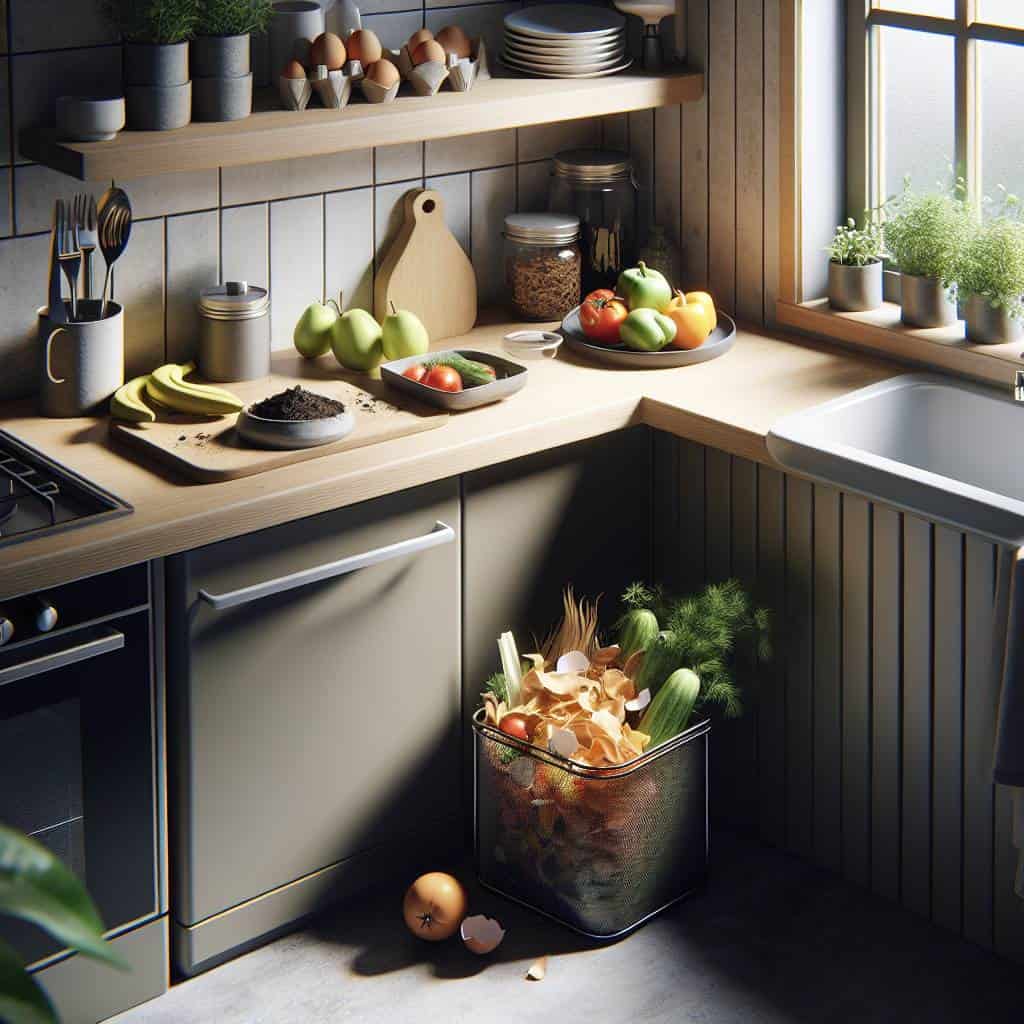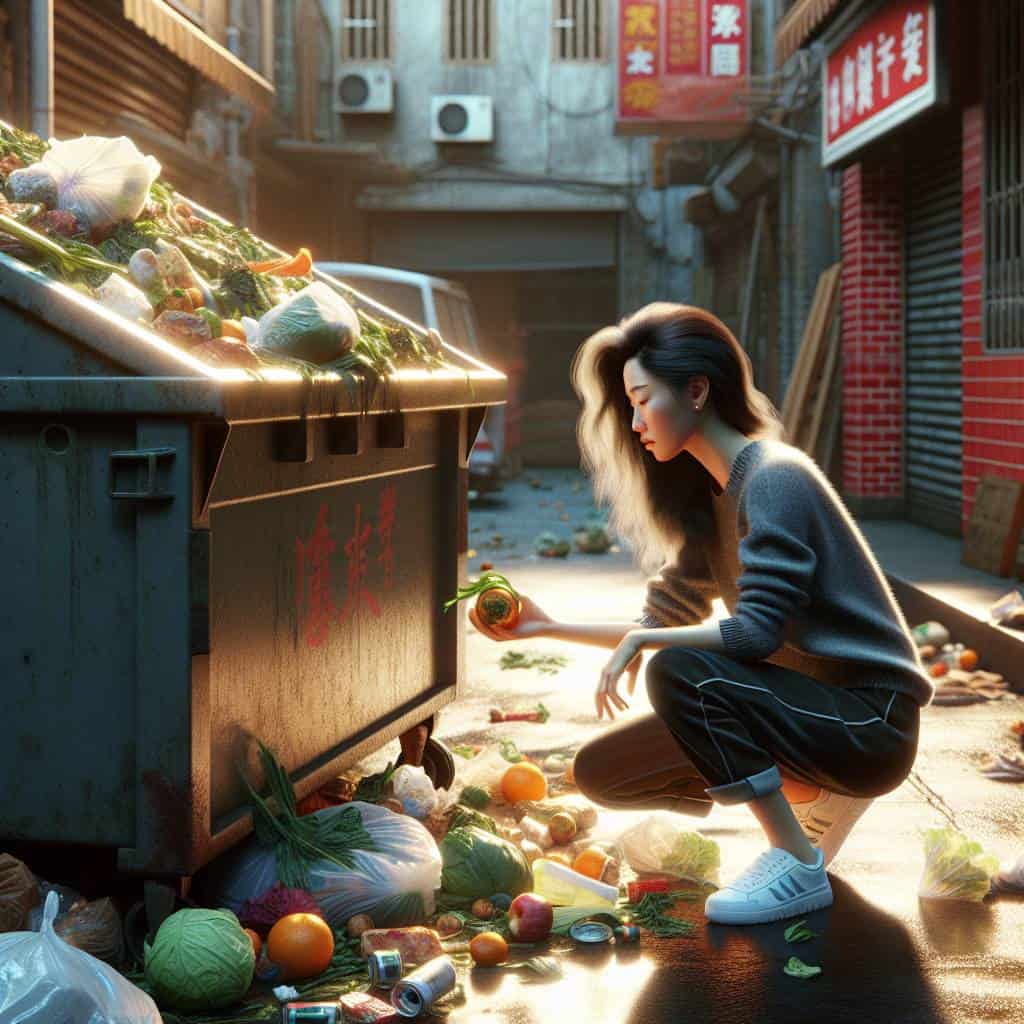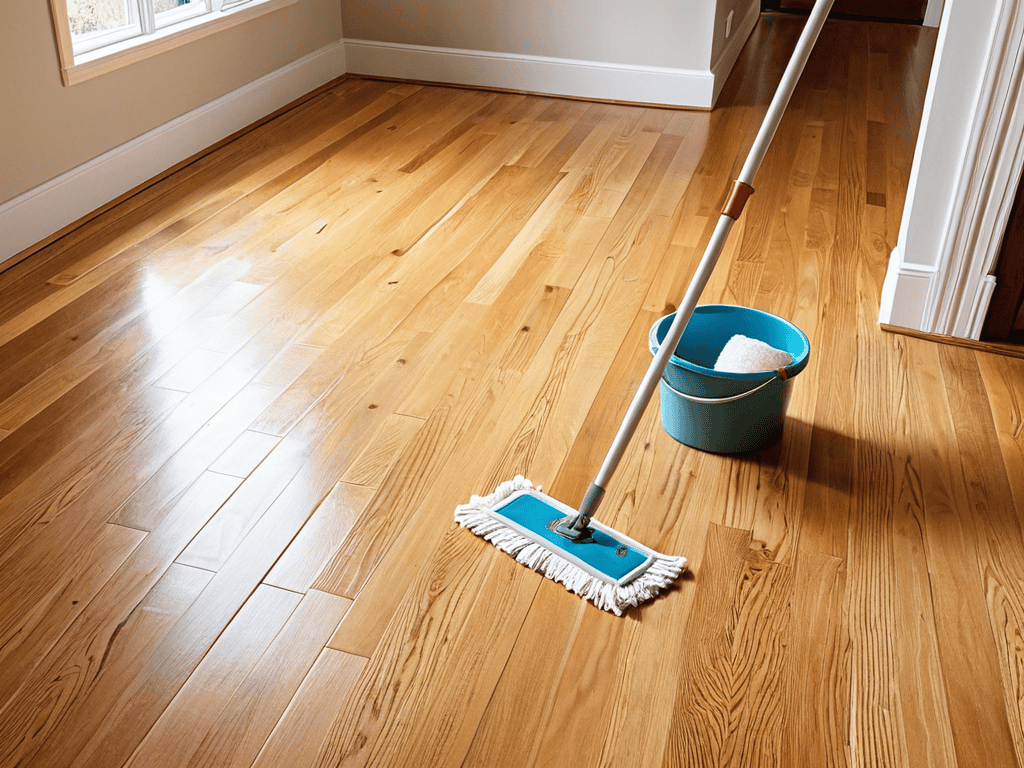So there I was, staring at a pile of kitchen scraps that had started to resemble a science project gone awry. You see, I’d decided to take the plunge into the world of composting—yes, me, the guy who once killed a cactus. It wasn’t pretty. My first attempt was a tragic comedy of moldy banana peels and forgotten lettuce, all fermenting in an old plastic tub that seemed to mock my every move. I mean, who knew that turning garbage into gold was more complicated than just tossing it in a bin and hoping for the best? But, here we are, and I promise, dear reader, if I can do it without causing a biohazard, so can you.

Now, let’s cut through the fluff and get to the meat of the matter—composting isn’t just about feeding your inner hippie. It’s a practical way to give your trash a purpose beyond stinking up the kitchen. In this article, we’ll dive into what compost is and why it’s worth your time. We’ll explore how to choose the right bin, the art of balancing greens and browns (spoiler: it’s not a salad recipe), and the satisfaction of using your homemade soil enhancer. Consider this your backstage pass to the world of controlled rot, minus the accidental science experiment.
Table of Contents
- Dumpster Diving: My Accidental Journey into the World of Compost
- The Great Bin Debate: Choosing the Right Container for Your Rotting Dreams
- Balancing Act: The Art of Mixing Greens and Browns without Losing Your Mind
- Why Your Leftover Lettuce Deserves a Better Future: A No-Nonsense Guide to Home Composting
- Composting for the Uninitiated: Cut Through the Rot
- Rotting Wisdom: Composting for the Uninitiated
- Composting Conundrums: Your Burning Questions Answered
- The Composting Chronicles: My Final Thoughts
Dumpster Diving: My Accidental Journey into the World of Compost

Picture this: it’s a chilly Tuesday morning, and I’m knee-deep in a dumpster behind my local grocery store. Not exactly how I envisioned my day, but stick with me. This accidental foray into dumpster diving wasn’t just about rescuing perfectly good bagels or dodging suspicious looks from passersby. No, it was the spark that ignited my unexpected love affair with composting. You see, amidst the cabbage leaves and apple cores, I stumbled upon the raw ingredients for what I’d later come to know as ‘compost gold’. Turns out, my accidental treasure trove was a smorgasbord of greens and browns—the yin and yang of composting life.
Now, before you judge me as some kind of trash panda, let’s break down the composting hustle. It’s an art form, right up there with Jackson Pollock’s splatter paintings but way more useful. You’ve got your greens—those nitrogen-rich goodies like fruit peels and coffee grounds—and your browns, which are carbon-loaded heroes like dried leaves and shredded paper. The trick is in the balance, like a culinary masterpiece but with less Julia Child and more earthworm action. And choosing the right bin? Well, that’s like picking the perfect little black dress for your decomposing dinner party. It has to breathe, but not too much. Moist but not soggy. It’s a delicate dance, my friend.
Fast forward a few months, and my backyard is a veritable compost wonderland. I traded the dumpster for a humble bin, and let’s just say my garden’s thriving like it’s on a kale smoothie diet. The circle of life, my friends, is a glorious thing when you’ve got a heap of rotting veggies on your side. So, the next time you’re about to toss those carrot tops, think twice. You might just be standing on the precipice of your own accidental journey into the world of compost. Trust me, your garden—and the planet—will thank you.
The Great Bin Debate: Choosing the Right Container for Your Rotting Dreams
When it comes to choosing the right compost bin, it’s like picking the perfect partner for a dance that involves a lot of decomposing twirls and spins. You can’t just settle for any old plastic bucket and call it a day. Oh no, my friend. This is the Great Bin Debate, where your rotting dreams of turning table scraps into black gold either flourish or fester. The options are endless: tumblers, wooden enclosures, worm bins, and those fancy stainless steel numbers that scream “I have my life together” even if the contents beg to differ. Each comes with its own quirks and maintenance nightmares.
Now, you might be thinking, “Why can’t I just let nature take its course in a heap behind the shed?” Well, you could, but you’d miss out on the joie de vivre of bin shopping. Tumblers promise the allure of aeration with a little elbow grease, while worm bins offer a more hands-off approach, assuming you don’t mind sharing your space with a few thousand wriggling roommates. And let’s not forget the aesthetic factor—because nothing says “I’m composting” like a sleek bin that doubles as garden art. Ultimately, your choice boils down to how much effort you’re willing to invest in this dance of decay. Choose wisely, for this bin will be the steward of your organic hopes and dreams.
Balancing Act: The Art of Mixing Greens and Browns without Losing Your Mind
Picture this: me, knee-deep in a pile of what can only be described as Mother Nature’s version of a science experiment gone haywire. Composting, they said. It’ll be fun, they said. But here I am, wrestling with the classic dilemma of greens versus browns. For the uninitiated, greens are your nitrogen-rich goodies like veggie scraps and coffee grounds, while browns are the carbon-packed superheroes like dried leaves and twigs. The trick is to balance these two without turning your backyard into an olfactory assault.
Now, if you’re anything like me, you’ve probably stood there, banana peel in one hand, wilted lettuce in the other, wondering if you’re about to tip the delicate scale into chaos. Fear not. The secret is simpler than you think: for every part green, toss in two parts brown. It’s like making a cocktail, but instead of a hangover, you get rich, crumbly compost. And trust me, once you get the hang of the ratio, you’ll be strutting around your yard like the compost king or queen you were always meant to be. Just remember, this isn’t rocket science; it’s more like a mildly chaotic dance with dirt, and you’re going to nail it.
Why Your Leftover Lettuce Deserves a Better Future: A No-Nonsense Guide to Home Composting
- First things first, let’s clear up what compost is: it’s basically Mother Nature’s way of turning your kitchen scraps into black gold—just without the dramatic Western movie soundtrack.
- Choosing a bin is less about aesthetics and more about keeping your neighbors from complaining about the smell; think of it as finding the right hat for your rotting masterpieces.
- Here’s the trick to composting: it’s all about balance, like a circus act without the clowns—mix your greens (think veggie scraps) with browns (like dried leaves) to keep everything from turning into a smelly mess.
- Don’t let composting overwhelm you; this is not rocket science, it’s just organized chaos with a side of worm appreciation.
- And remember, using your compost is like giving your garden a vitamin shot—your plants will be so grateful, they’ll probably send you a thank-you note.
Composting for the Uninitiated: Cut Through the Rot
Don’t overthink it: Choosing a compost bin is like picking a pair of jeans. Go for what fits your lifestyle and space, not the latest trend.
Balance is key: Consider composting as a weird culinary art—throw in a mix of greens and browns. Too much of one, and you’ve got a pile of slop or a desert of nothingness.
Use it or lose it: Once your compost is ready, don’t let it sit around like a forgotten gym membership. Get that nutrient-rich goodness into your soil before it becomes a has-been.
Rotting Wisdom: Composting for the Uninitiated
Composting is the art of transforming yesterday’s dinner scraps into tomorrow’s garden glory. It’s a delicate dance of greens and browns, a balancing act that turns garbage into gold—if you can keep the critters at bay and your bin from smelling like old gym socks.
Composting Conundrums: Your Burning Questions Answered
What’s the deal with composting, and why should I even bother?
Ah, the age-old question. Look, composting is like a magical transformation, turning your kitchen scraps into garden gold. It’s not just about saving the planet; it’s about elevating your trash game to a whole new level of eco-awesomeness.
How do I pick the right bin without feeling like I’m choosing a college major?
Fear not, my indecisive friend. Bins come in all shapes and sizes, just like those questionable leftovers in your fridge. Whether it’s a fancy tumbler or a humble homemade contraption, the real trick is to choose one that fits your space and your laziness level.
Greens and browns: Is this some kind of weird salad?
Not quite, though they do make a delightful duo. In composting terms, ‘greens’ are your nitrogen-rich goodies like veggie scraps, while ‘browns’ are carbon-heavy heroes like dried leaves. Balancing them is key, much like balancing your love for junk food with the occasional salad.
The Composting Chronicles: My Final Thoughts
As I wrap up this wild, slightly whiffy journey into the realm of composting, I can’t help but chuckle at how something so seemingly mundane has managed to worm its way into my life. What started as a half-hearted attempt to give my kitchen scraps a second chance has turned into an oddly satisfying ritual. Choosing the right bin was just the beginning. It felt like picking out a new pet—one that didn’t require walks but demanded a delicate balance of greens and browns, much like a culinary experiment gone deliciously wrong.
But here’s the kicker: composting is a lot like life itself, full of trial and error, surprises, and those occasional eureka moments when you realize your pile of decaying matter is more than just potential fertilizer. It’s a testament to patience, a reminder that even the most chaotic mess can transform into something useful with a bit of care. So, while my friends might still raise an eyebrow at my newfound hobby, I’ve come to see composting as a metaphorical nod to the idea that, sometimes, the best things in life are born from a little dirt and a lot of perseverance.
